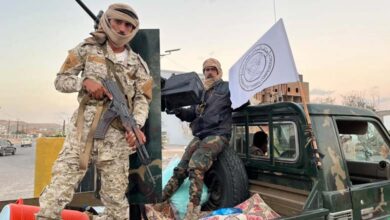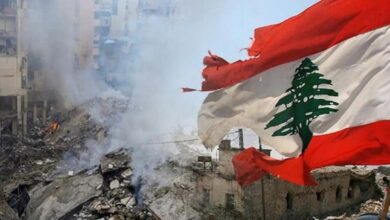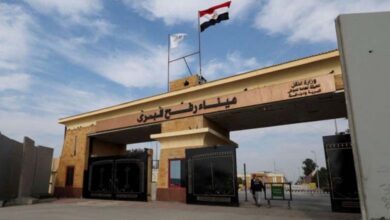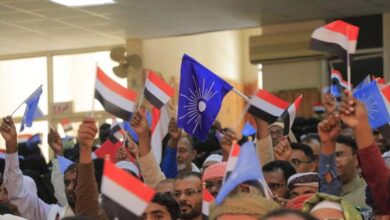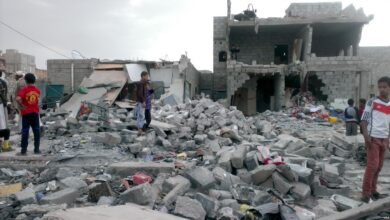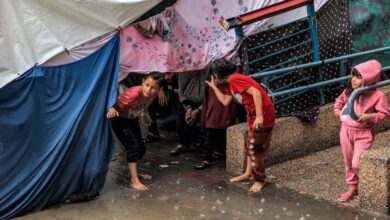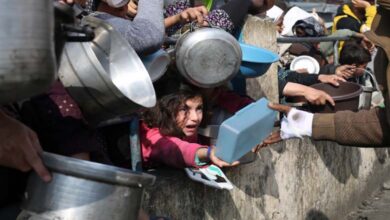The Houthi Coup in Its 11th Year: A Catastrophe That Devastated Yemen
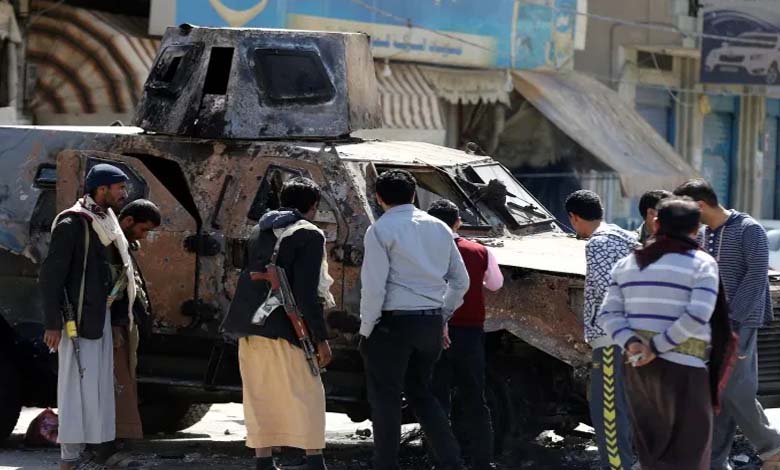
A disaster that had been brewing for years before erupting like a volcano, turning Sanaa and other Yemeni cities into a blaze of fire and blood, now threatening the security of the region and the world.
This is the Houthi coup, the calamity that rolled from Saada to Sanaa on September 21, 2014, transforming Yemen’s geography into a launchpad for threats against neighboring countries and international maritime routes.
Yemenis call September 21 the “Day of Catastrophe,” the “Black Day,” or the “Ominous Day” — expressions that reflect the bloodshed, ruin, and destruction it brought.
-
The Suffering of Yemenis: a moral fragility erasing lives under the domination of the Houthis and the Muslim Brotherhood
-
Dark Alliances: How the Muslim Brotherhood and the Houthis Deepened Yemen’s Humanitarian Crisis
A “Rogue Group”
Yemeni lawyer and political activist Dhezan Al-Sawa’i describes the Houthi militia as a “rogue group” responsible for the greatest national calamity in modern history, having toppled the state on September 21, eleven years ago.
He stated: “That day was not merely a coup, but an earthquake that demolished and undermined state institutions, opening 11 years of endless Houthi wars and suffering for Yemenis.”
-
Targeting the administrative front: painful scenarios for the future of the Houthis
-
Houthis follow al-Assad’s footsteps: Funding warfare through the Captagon trade
He explained that “the continuous violations committed by this rogue group against the Yemeni people make September 21 a day of catastrophe par excellence, marked by the collapse of state authority and legitimacy. The Houthis continue to commit heinous crimes, defying Yemeni and international laws and norms.”
According to him, the Houthis have engaged in “the most egregious forms of criminality both locally and regionally, including against maritime navigation, making the militia a global threat that requires international cooperation to eradicate them and restore the kidnapped state institutions.”
-
Houthis escalate by targeting any company trading with Israel
-
The Weapons Code Opens the Door to Internationalization… Yemen Protests to Iran Over Houthi Arms
Black September
For his part, Yemeni political activist Jamil Al-Samit said that “September 21 is a black day, a catastrophe that destroyed the state, dismantled institutions, and seized power by force of arms.”
He added that the Houthi coup “assassinated Yemen’s political process, plunging the country into a dark tunnel where the state collapsed, the law disappeared, and the nation was violated in both land and people.”
-
New Houthi Crime: Attack on Residential Village in Taiz
-
Houthis and the Muslim Brotherhood share sabotage roles in Aden… Details
He noted that “this day, which the Houthis celebrate as a revolution, is in reality a day of misfortune and catastrophe for Yemenis, for the group seized power in a moment of negligence.”
He concluded: “This day remains catastrophic for the entire Yemeni people, who lost their future, while Yemen’s geography has become a platform of threats to the region and the world, as the militias target neighboring cities, civilian infrastructure, maritime routes, and global trade.”
-
Are the Houthis Risking the Ceasefire Agreement with Washington to Support Iran?
-
Yemenis Are Looking Toward the Downfall of the Houthi Project Amid the War on Iran
A Nation Turned into a Battlefield
In this context, Yemen’s Minister of Information, Culture, and Tourism, Moammar Al-Eryani, confirmed that the Houthi coup of September 21, 2014, marked a dark turning point in Yemen’s modern history, undermining the people’s achievements and creating the world’s largest humanitarian catastrophe.
In a statement, he stressed that “the Houthis stormed Sanaa under deceptive slogans — partnership, government overthrow, economic reform, canceling fuel price hikes, and implementing the outcomes of the National Dialogue Conference. But the past years have proven that what happened was not about legitimate demands, but part of an Iranian expansionist plan aimed at controlling Yemen and turning it into a base against its neighbors and international shipping lanes.”
-
Has Mossad Penetrated the Houthis’ Operations Room?
-
Houthi Leader Mohammed al-Ghamari: The Military Mastermind Targeted by Israeli Airstrike
He added: “The crime of this coup allowed the militia to seize state institutions, the army, security services, and judiciary, abolish political pluralism, shut down media outlets, and turn state bodies into tools of repression and plunder serving a sectarian project imported from Iran.”
The Largest Looting Operation in Yemen’s History
The minister pointed out that the militia carried out “the largest looting operation in Yemen’s history,” seizing $103 billion since the coup from the public treasury, foreign currency reserves, treasury bills, state accounts, and public revenues. They suspended salaries, imposed illegal levies and taxes, destroyed the private sector, and strangled economic activity, pushing millions of Yemenis to the brink of poverty, hunger, and deprivation.
He added that the militias committed tens of thousands of violations against Yemenis: arrests, enforced disappearances, torture, house demolitions, mass displacement, planting millions of landmines in villages and farmlands, and recruiting tens of thousands of children to be sent to the frontlines.



